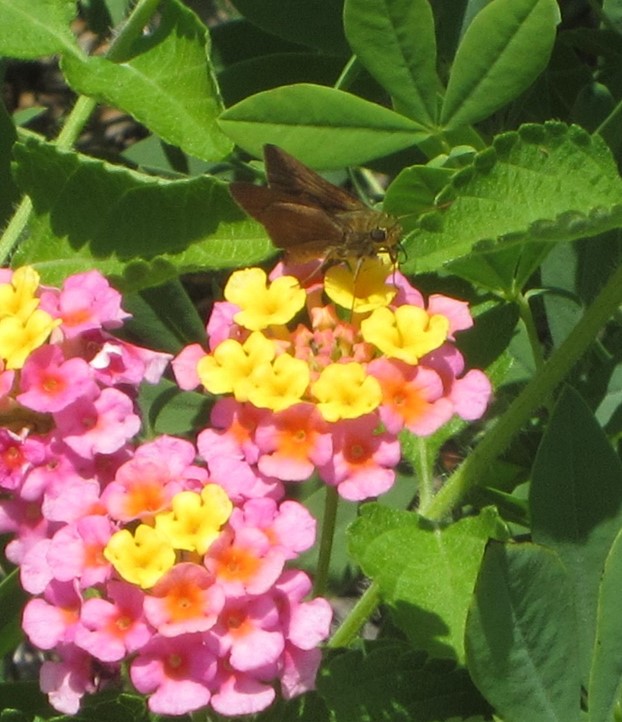ANR
-

In the past few weeks, the southeastern corner of our nation has suffered from two major hurricanes. Through news reporting, we watched Hurricane Florence approach the Carolinas for what seemed like a week. Clean-up from that September storm was still underway when Michael slammed into the Florida panhandle as a category 4 hurricane, then roared…
Posted in: ANR -

Several species of snakes hatch or are born in the late summer and early fall, and we’ve received numerous calls and emails requesting snake identification. Most Georgia snakes are non-venomous, beneficial, and protected by law. The exceptions for our area are copperheads, timber rattlers (also called canebrake rattlers), and pygmy rattlers.
Posted in: ANR -

One of the first harbingers of fall, a flight of migrating geese, passed the Extension office last week. Fall is my favorite season. It’s the time for flannel shirts, pumpkin pie, and preparing your landscape for a beautiful and bountiful spring show. Although spring stimulates many gardeners to get outside and plant things, fall is…
Posted in: ANR -

Just the other day I received an email from a Forsyth County resident about a cucumber plant that was in decline, and he wanted to know what to do to get it back to “normal.” My response to him was there was nothing to do; it’s the end of the season for that cucumber plant,…
Posted in: ANR -

Plants in the landscape serve many purposes. They stop erosion, produce oxygen, absorb and filter pollution, and look pretty. Some also provide food and habitat for pollinators. Here’s a way to learn how pollinator-friendly your favorite outdoor spaces are. When you’re out in your yard, jogging on the Greenway, or visiting a community garden at…
Posted in: ANR -

Whether you’re a first-time homeowner or new to home-ownership in Georgia, your new home probably came with a yard adorned with a variety of plants. As with all living creatures, landscape plants need care. In this series, we’ll break landscape management down into basic parts – lawns, trees, and shrubs. Principle tasks include managing growth,…
Posted in: ANR -

By now, most of us have heard about pollinator decline and may even be participating in conservation efforts. Monarch butterfly conservation is a hot topic, and I’ve given several programs in schools and communities about pollinator protection. Concern for monarch butterflies arose in the 1990s when observers reported dramatic reductions in monarch populations overwintering in…
Posted in: ANR -

Now that the weather is warm, summer insects are showing up. Among these are biting insects like mosquitoes. These pests may carry harmful diseases and transmit them to humans through their bites. Mosquitoes are also carriers of heartworm larvae. Arial spraying does not control mosquitoes, but it does kill other beneficial insects. A better approach…
Posted in: ANR -

Of all the pests that trouble plants, weeds cause the most economic damage. While many gardeners want to get away from chemicals, we seem to be conditioned to battle pests with some sort of spray. So we get lots of calls here at the Extension office from people looking for a spray that will provide…
Posted in: ANR -

Earlier this month, on a property just outside the Cumming city limits, a private well used for household drinking water tested positive for radon. Radon is a radioactive gas that forms naturally when geologic deposits of uranium and radium decay. The odorless, colorless, and tasteless gas can be released from underground rocks like granite.
Posted in: ANR